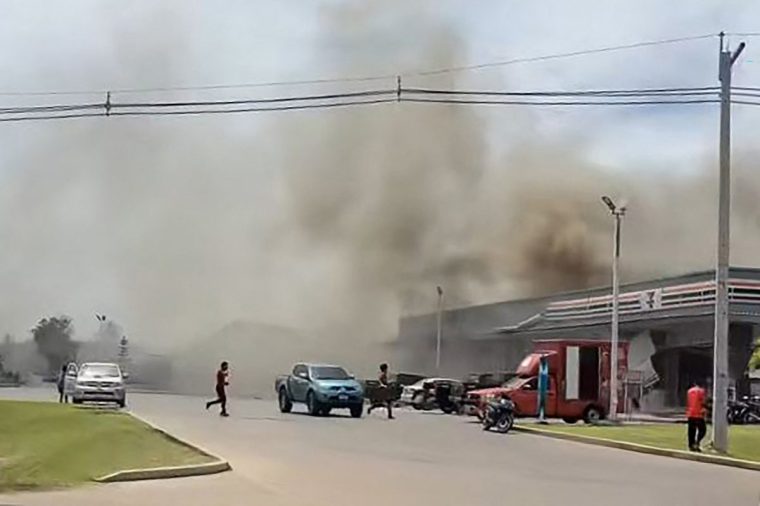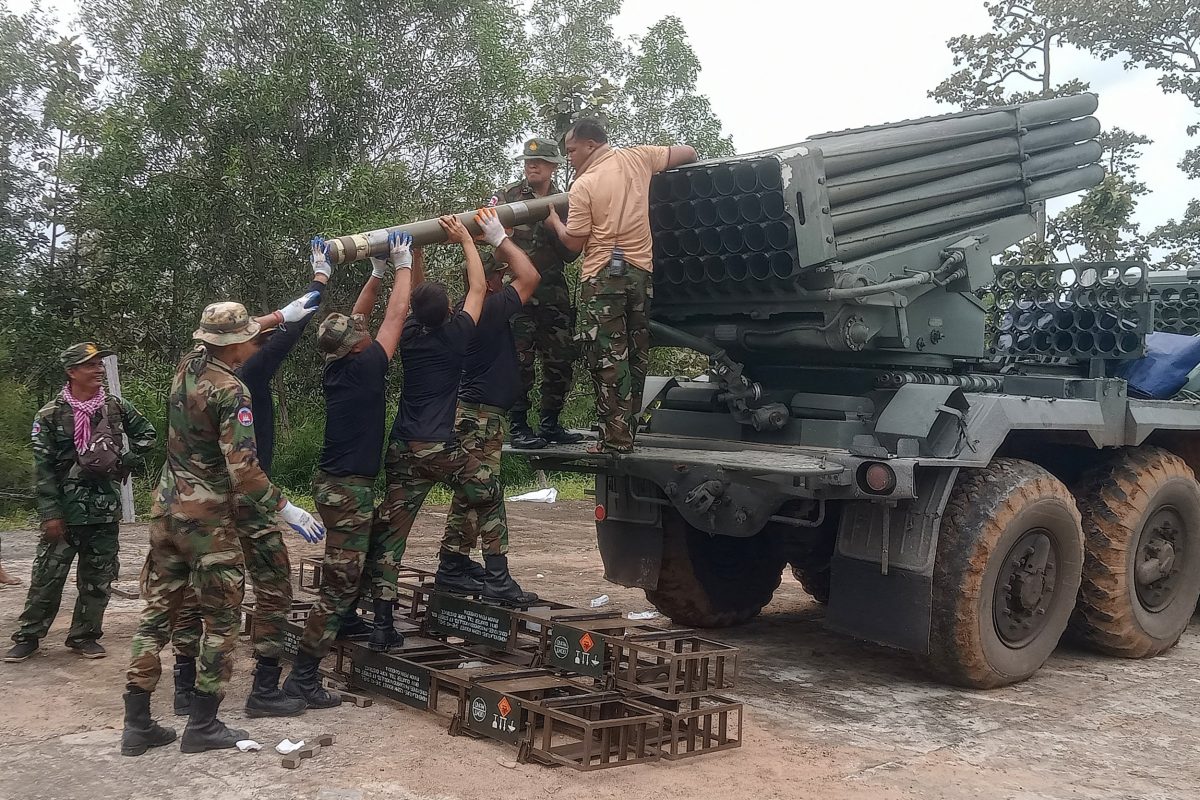Thai and Cambodian troops engaged in gunfire along their common border on Thursday, marking a significant intensification of their dispute that resulted in at least 12 fatalities, primarily civilians.
Artillery and rockets were launched fromCambodia, while Thailand also deployed fighter aircraft. Video posted online depicted Thai residents leaving their houses to find safety as the conflicts started in the morning.
The conflict dates back more than a century, but has been growing more severe in recent months along the 800km (500 miles) border.
Southeast Asian neighbors have had enduring border conflicts that often escalate into short-lived standoffs and sporadic gunfire. However, tensions have risen even more since a Cambodian soldier was killed in another confrontation in May.
What led to the most recent conflict?
The cause of the latest clash was a mine explosion at the border on Wednesday, which injured five Thai soldiers and prompted Bangkok to recall its ambassador to Cambodia and remove Phnom Penh’s representative.
Thailand has closed all land border checkpoints and is advising its citizens to leave Cambodia immediately. Both sides blame each other for initiating the clashes.
The Cambodian defense ministry claimed that Thailand was the first to use a drone on Thursday before firing, stating that Phnom Penh “acted entirely within the limits of self-defense, reacting to an unexpected invasion by Thai forces that breached our territorial sovereignty.”
The foreign ministry of Thailand, on the other hand, alleged that Cambodia targeted both military and civilian locations in Thailand, such as a hospital.
“The royal government of Thailand is ready to enhance our self-defense efforts if Cambodia continues its military attacks and breaches of Thailand’s sovereignty, in line with international law and principles,” stated Nikorndej Balankura, the ministry’s spokesperson.
Interim Thai Prime Minister Phumtham Wechayachai reported that 11 individuals have lost their lives, comprising 10 civilians and one military personnel. Additionally, 28 people have been injured, with four being soldiers and the remaining being civilians.
Cambodia reported that one of its soldiers had lost his life.
Although the nations have since agreed to reduce the tension, Cambodian and Thai officials have continued to carry out or threaten actions that do not involve military force, maintaining a high level of conflict.
Is it secure to visit Thailand or Cambodia?
The UK Foreign, Commonwealth and Development Office (FCDO), which offers safety guidance for all British travelers, warned those considering a visit about “reports of conflict involving rockets and artillery fire” near the Thai-Cambodian border.
“Reports of casualties have emerged, along with the evacuation of regions near the border,” stated an alert published on the travel advisory pages for both Thailand and Cambodia.

Travel across the land borders between Cambodia and Thailand has been halted. Certain tourist spots in border regions, including the Preah Vihear/Khao Phra Wihan temple, the Ta Krabey/Ta Kwai temple, and the Tamone Thom/Ta Muen Thom temple, are currently not open.
It warned visitors to “maintain a strong sense of awareness in border regions” and to “adhere to the guidance provided by local officials.”
Individually, the FCDO still recommends against all but necessary travel to the border areas between Thailand andMalaysia.
The region is viewed as hazardous for visitors because it continues to be a hotspot for militant actions, mainly led by ethnic Malay Muslim rebels who are fighting for independence from Thailand.



